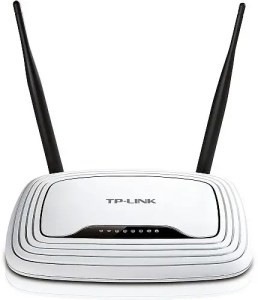If you have a router and want to run DD-WRT on it, but can’t find the router in the router database, you may have learned the hard way that the router database is a couple of years out of date.
But not all hope is lost. Here’s how to find a build, if one exists.
David Farquhar is a computer security professional, entrepreneur, and author. He started his career as a part-time computer technician in 1994, worked his way up to system administrator by 1997, and has specialized in vulnerability management since 2013. He invests in real estate on the side and his hobbies include O gauge trains, baseball cards, and retro computers and video games. A University of Missouri graduate, he holds CISSP and Security+ certifications. He lives in St. Louis with his family.




